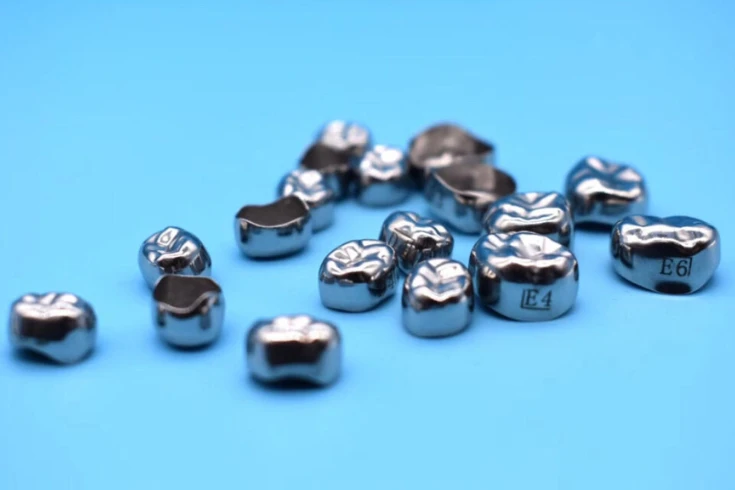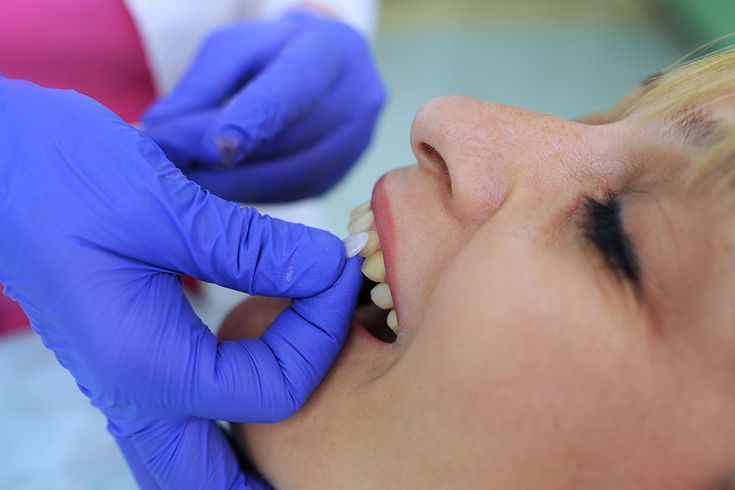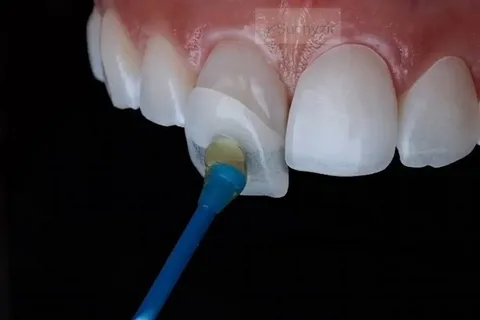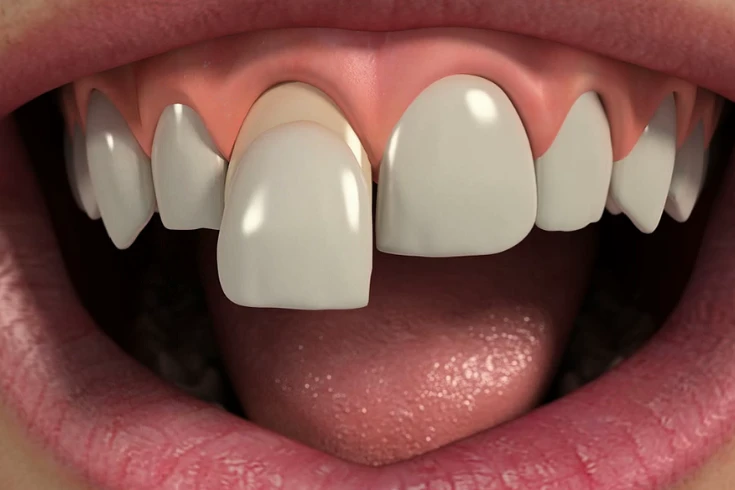Dental crowns are a major appliance in modern dentistry. They serve the dual purpose of restoration and protection of damaged teeth. Among the various types of crowns available, stainless steel crown are exceptionally known for their strength, affordability, and indications in specific dental scenarios, especially in children.
This blog will help discuss what stainless steel crowns are, their unique advantages, common applications, details about the procedures involved, potential drawbacks, and some useful tips for maintaining them. Whether you are a parent who is looking to explore dental options for your child or an adult interested in some temporary restorative solution, this guide is supposed to be an informative one regarding stainless steel crowns.
What Are Stainless Steel Crown?
Stainless steel crowns are pre-fabricated metal caps adopted for coverage and protection of teeth that are damaged or decayed. Manufactured from an appreciably strong alloy containing chromium, nickel, and steel, such crowns are strong enough to bear the chewing and grinding forces. Unlike custom-made crowns, such as porcelain or ceramic, SSCs are pre-manufactured in standard sizes and shapes that enable their immediate positioning. This makes them very usable in cases that need speedy but efficient dental treatment.
Primary Indication for Stainless Steel Crowns:
- Restoration of Baby Teeth or Primary Teeth: This is one of the most common usages when treating badly decayed or destroyed molars in children.
- Temporary Crowns for Adults: these crowns are used to temporarily protect a tooth while awaiting fabrication of a permanent crown.
Especially, stainless steel crowns are popularly used in pediatric dentistry due to their practicality in maintaining primary teeth, a very important part of a child’s oral development.
Why Steel Crowns Are a Prefered?
Stainless steel crowns have some unique advantages, making them the preferred option in a case that may come up in dental concerns. Here are some reasons why dentists and patients alike may prefer stainless steel crowns:
Superb Durability
Because these crowns are made from robust non-corrosive materials, stainless steel crowns can resist the regular wear and tear. Hence good in restoring molars, which get a high level of pressure when chewing. Their durability is usually longer compared to other temporary dental restorations.
Cost-Effective Solution
By comparison, other crowns, like ceramic or zirconia, are extremely expensive, whereas stainless steel crowns are relatively inexpensive. This is also advantageous in pediatric dentistry as primary teeth will eventually be replaced by permanent teeth.
Easy and Quick Placement
Since stainless steel crown are pre-fabricated in different sizes, placement can easily be done in a single dental visit. This is particularly advantageous in young children, as it might be a burden to endure a long dental procedure.
Protection for the Baby Teeth You Can Rely On
Primary teeth are important to guide teeth in the development and proper alignment of permanent teeth. In these situations, stainless steel crowns can provide protection for these decayed or otherwise damaged baby teeth to keep them from further deteriorating and maintaining space for the adult teeth underneath.
When Are Stainless Steel Crowns Used?
Although stainless steel crowns have a broad scope of uses, the most common uses pertain to pediatric dentistry, along with some temporary uses in adults:
In Pediatric Dentistry
- For Extensive Decay: When there is extensive decay in a child’s molar and the structure of the tooth has been compromised, then an SSC will be able to assist in its functionality and further prevent the decay.
- After a Pulpotomy or Pulpectomy: After procedures such as pulpotomy (excision of infected pulp) or pulpectomy (removing all tissue), the usually used restoration in the above situations is the placing of an SSC to seal the tooth and provide longer protection.
- Special Needs and High-Cavity Risk Patients: Children with special needs, or those who suffer from frequent cavities, show increased protection by the use of stainless steel crowns.
Some indications of temporary usage in adults include:
- Temporary Crowns While Waiting for a Permanent Restoration: In adults, when a tooth needs a permanent restoration after a root canal or fracture, SSCs are used for temporary protection.
- Emergency Situations: SSC’s can be good temporary restoration where immediate restoration is needed, such as a fractured tooth.
The Stainless Steel Crown Procedure: How It’s Done
Placing a stainless steel crown is relatively painless and can often be completed in one visit:
- Tooth Preparation: It is first anesthetized for comfort during the process. The dentist removes all the decay and shapes the tooth so that it may accommodate the crown.
- Choosing the Suitable Size Crown: Crowns made of stainless steel are available in several premade sizes. Dentists then choose the crown that fits best and make slight adjustments for a good fit.
- Placing the Crown and Adjusting: This is when it has been approximated for the correct size, then it will be placed on the prepared tooth. Less than necessary, some light trimming or adjusting could be done to make the crown snug and comfortable.
- Cementation of Crown: The stainless steel crown is luted on the prepared tooth by dental cement. This positions it firmly on the tooth and makes a sound barrier to further decay.
Problems with stainless steel crowns
Although stainless steel crowns have many other advantages, they are not for everyone. The following are some of their possible drawbacks:
- Aesthetic Concerns: The metallic look is not quite pleasing in the case of visible front teeth. For adults, this is usually a consideration that makes them resort to their use as temporary solutions, especially while more naturalistic materials such as porcelain are what they rely on in permanent crowns.
- Metal Allergies: Though this is rare, other people develop allergic contact dermatitis due to the nickel constituent used in stainless steel. Any known allergies should be discussed with your dentist beforehand for this purpose in order to weigh other available options.
- Not a Long-Term Solution for Adults: Though strong and sturdy, stainless steel crowns are mainly used on children’s teeth or as a temporary solution for adult teeth. They are normally not used on an adult’s permanent restoration of teeth.
Alternatives to Stainless Steel Crowns: Other Options
If steel crowns are not suitable for your case, the following are some of the other crown materials you can opt for:
- Porcelain Crowns: Porcelain crowns are custom-made so that their colour matches with your natural teeth colour. Dentist use it when it comes to visible teeth. This crown seems more natural.
- Ceramic Crowns: Ceramic crowns have the most natural characteristics of all restorative crowns. They are robust yet gentle and offer an excellent cosmetically pleasing result. They are generally used for the restoration of front and back teeth.
- Zirconia Crowns: Zirconia is a strong, metal-free alternative that possesses stainless steel-type strength with an appearance of tooth color, hence suitable for adults seeking long-term placement.
The Role of Steel Crowns within Pediatric Dentistry: Ensuring the Oral Health of Children
For children, steel crowns play an important role in maintaining oral health:
- Prevention of Further Decay: Covering a compromised tooth, SSCs prevent access by bacteria to deeper layers of the tooth, reducing the possibility of complications that may arise in the future.
- Maintenance of Tooth Alignment: Primary teeth guide permanent teeth correctly. SSCs help to maintain space and alignment in the mouth, supporting the proper development of the adult bite.
- Anxiety in Dental Treatment Minimized: The quick and simple procedure of stainless steel crown is less intimidating for the children than the two appointments needed for customized crowns.
Stainless Steel Crowns: Caring for the Teeth
Of course, just like any other teeth with dental works attached, certain measures have to be considered to make the these crowns survive as long as possible and avoid oral health complications such as:
- Oral Hygiene Routine: Plaque around the crown is not allowed to build up through regular brushing, specifically twice and flossing.
- Avoid Hard or Sticky Foods: Hard or sticky foods tend to knock the cement that holds the crown loose, hence it is good to avoid these types of foods.
- Regular Dental Check-Ups: Regular visits to the dentist allow patient to monitor the crown as well as the surrounding teeth. This way everything remains healthy and intact.
Conclusion
Stainless steel crowns are a practical, durable, and inexpensive modality of restoration, mainly in pediatric dentistry. It protects highly compromised or decayed teeth and helps maintain proper alignment of occlusion. Not very aesthetic for adult patients, these crowns can serve as temporary crowns or even in some emergencies. If you’re considering these crowns, talk with your dentist about their appropriateness for your specific dental needs. The dentist will recommend the best option, depending on tooth location, age, and your long-term dental goals.
FAQ’s
What are stainless steel crowns?
They are pre-fabricated metal caps used to cover and protect damaged or decayed teeth. The dentist make them from a strong alloy containing chromium, nickel, and steel. It provides a durable solution for tooth restoration, particularly in children.
Why are stainless steel crowns commonly used in pediatric dentistry?
Pediatric dentists prefer them because they are durable, cost-effective, and easy to place in a single visit. They help restore decayed or damaged baby teeth, maintain space for adult teeth, and protect the tooth from further decay.
Can stainless steel crowns be used on adult teeth?
Yes, they can be used on adult teeth, but primarily as a temporary solution. They are often used to protect a tooth while waiting for a permanent crown. It can also be used as an emergency restoration for a fractured tooth.





